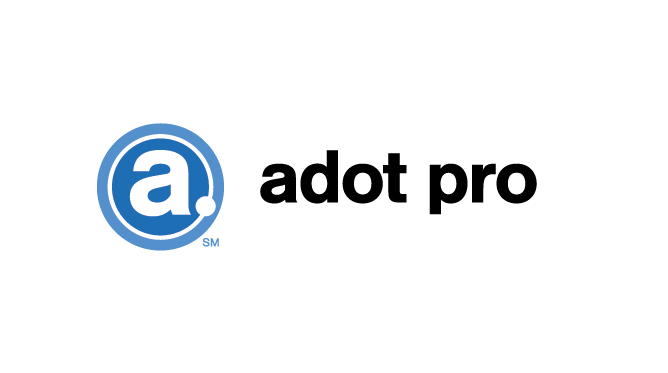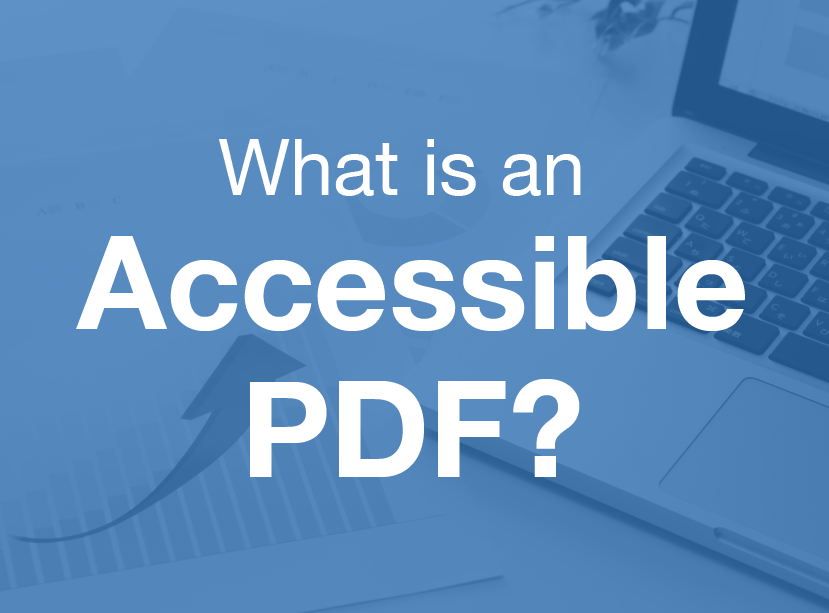Inclusion:The Need for Third-Party Apps to Be Accessible
- March 13, 2018
- / Adot Labs
- / learningcenter

Almost 20 years ago, when the internet really started taking off, businesses and organizations began using web applications (apps). Since their inception, the functions and design capabilities of web apps have drastically morphed in complexity, making them even more prevalent on today’s websites. Most businesses don’t create/develop their own applications for services, as it can be a costly process, so they integrate the software provided by a third-party. With recent ruling in the Gil vs. Winn-Dixie Stores case regarding the American’s with Disabilities Act (ADA), it is now even more vital for all parts of your website to give forethought to inclusiveness in its design—which also includes third-party applications.
The ADA’s primary intent is to ensure that people with disabilities have a full and equal opportunity to benefit from any content or services provided by a business.
What’s a third-party application?
In terms of a website, a third-party application or third-party app is a program or piece of software developed, sold, or distributed by a company outside of your own, for use with or on your website. So, let’s say that you are a restaurant you might use GrubHub for your online ordering or if you have a retail company you might use an application from Shopify to accept your payments. In either case, your business is using an outside source that grants your customers access to your products/services.
Are Your Third-Party Apps Accessible?
If you are unsure if the applications used on or in conjunction with your website are accessible, be sure to have your website analyzed. If a website audit shows that your apps are inaccessible, then the first thing you should do is contact the vendor of the application and alert them to the issue. If it is not in the immediate plans of your vendor to correct the problem, you have three options:
1. Look for another vendor who is accessible, so that your website is no longer at risk for violating the ADA
2. Temporarily disable that portion of your website*
3. Be above the law--wait it out and see what, if anything happens**
*-Taking this step may lead to a loss of revenue or customer engagement
**-THIS IS NOT RECOMMENDED! We are not lawyers, so we can’t give you legal advice. However, we have not found anyone who is above the law.
Final Tips for Using Third-Party Applications
A pivotal step to remember when using third-party applications is to be sure to perform diligent web accessibility research for any widgets or embeds (iframes) that your business is considering using. Have your team or web developer test the use of any third-party apps with screen-reader technology. Make sure that whoever builds or maintains your websites understands that title attributes are necessary for screen readers to understand the content. Finally, if you must use an app on your website and you are unsure of its accessibility, an alternative to integrating it on your website is to provide a link to the third-party vendor’s site.
If your business uses third-party applications on your website and you are unsure if they are ADA compliant, contact the Adot team today.
 ADA Lawsuits Target Non-Compliant Websites (2:45)
ADA Lawsuits Target Non-Compliant Websites (2:45)
 Winn Dixie Loses ADA Website Lawsuit (3:33)
Winn Dixie Loses ADA Website Lawsuit (3:33)
 How Does it Work?
How Does it Work?
 Adot Labs Introduces Adot Pro as an Affordable and Quick Solution for Web Accessibility
Adot Labs Introduces Adot Pro as an Affordable and Quick Solution for Web Accessibility
 What is an Accessible PDF?
What is an Accessible PDF?
 Adot Pro is featured at the 2017 FRLA Conference in Orlando
Adot Pro is featured at the 2017 FRLA Conference in Orlando
 Adot Labs Partners with the Florida Restaurant and Lodging Association
Adot Labs Partners with the Florida Restaurant and Lodging Association
 Content Developers: You're Forgetting a Key Audience that Matters
Content Developers: You're Forgetting a Key Audience that Matters
 What is Web Accessibility?
What is Web Accessibility?
 Why Your Business Needs an Accessibility Plan
Why Your Business Needs an Accessibility Plan